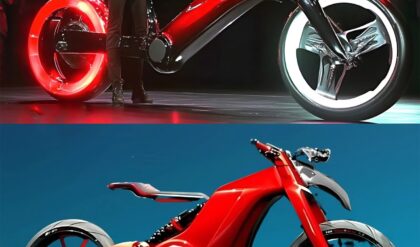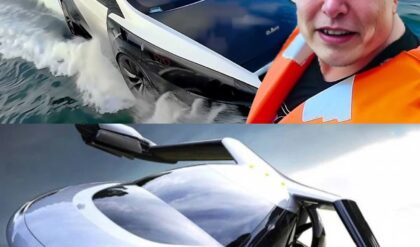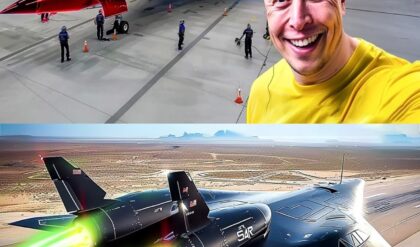It’s well known that the final days of The Beatles were rocky at best. Tensions within the group hit an all-time high as the splinters began to crack irreparably, leading to their inevitable split in 1970. By 1968, the band were on their last legs when one song proved to be the final straw for George Harrison.
Harrison once described the Let It Be sessions as “the low of all time”. Fresh off the back of some time in America where he had been hanging out with Bob Dylan and The Band, the guitarist was missing the kind of relaxed, musical freedom he’d found in new surroundings.

But that was never what he found when it came to John Lennon and Paul McCartney’s typical process, even before that final album. One of the major tensions in the band was the feeling that McCartney and Lennon regularly overlooked Harrison’s ideas and talent, with Starr claiming they were “dominating”. Several of Harrison’s biggest solo songs were rejected by the group who failed to see their worth, including ‘Isn’t It A Pity’ and ‘All Things Must Pass’.
But it was when McCartney began rejecting even Harrison’s guitar work that tensions boiled over. In 1968, when working on the anthemic track ‘Hey Jude’, Harrison had finally had enough, losing his interest in the band or faith in its revival. It perfectly summarised the irreparable rift between Harrison and McCartney.
“If I made a suggestion and it was something that, say, George didn’t want to do, it could develop quite quickly into a mini-argument,” McCartney said in The Beatles Anthology. “In fact, George walked out of the group. I’m not sure of the exact reason, but I think that they thought I was being too domineering.”
When it came to his songs, McCartney wasn’t known for having much wiggle room in his vision. Harrison found that first-hand on ‘Hey Jude’ as he began jamming some guitar parts over the top before being swiftly instructed to stop.
“On ‘Hey Jude,’ when we first sat down and I sant ‘Hey Jude …’ George went nanu nanu on his guitar,” McCartney explained. “I continued, ‘Don’t make it bad …’ and he replied nanu nanu. He was answering every line — and I said, ‘Whoa! Wait a minute now. I don’t think we want that. Maybe you’d come in with answering lines later. For now I think I should starting it simply first.’”
It was the incident that summarised everything Harrison was feeling about the band, leading to him eventually walking out for five days during the Let It Be sessions as McCartney’s control only seemed to get worse.
,
“With Paul, it was taken to the most ridiculous situations, where I’d open my guitar case and go get my guitar out and he’s say, ‘No, no, we’re not doing that yet. We’re gonna do a piano track with Ringo, and then we’ll do that later,’” Harrison later said. “It got so there was very little to do, other than sit round and hear him going, ‘Fixing a hole …’ with Ringo keeping the time.
That wasn’t the type of band Harrison wanted to be in anymore, refusing to simply be a backing player instructed to simply do what he was told. ‘Hey Jude’ proved to be a final nail in the coffin, utterly disillusioning the guitar player with the group. It’s ironic then that in the song’s music video, the band, which were imminently breaking up, look like one big happy family.
,
Even after the band split and spent some time apart, McCartney and Harrison’s working styles never reconfigured. “To tell the truth, I’d join a band with John Lennon any day, but I couldn’t join a band with Paul McCartney, but it’s nothing personal,” Harrison said, “It’s just from a musical point of view.”





